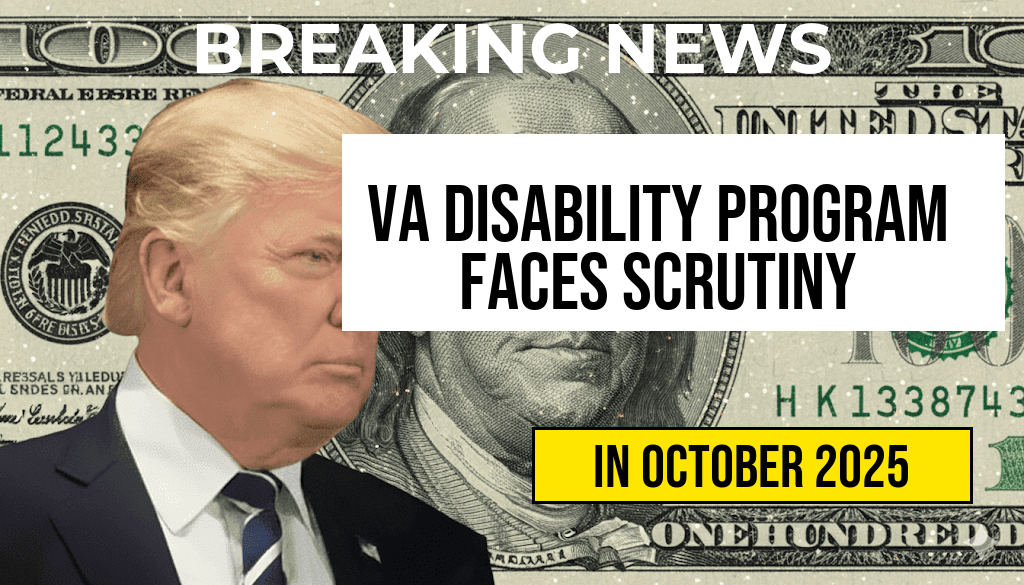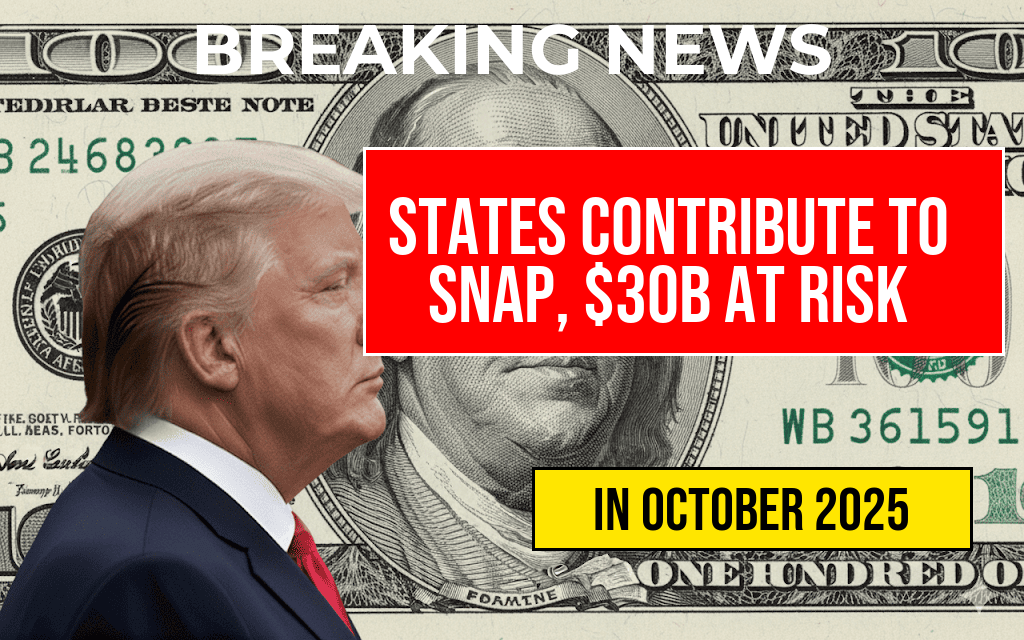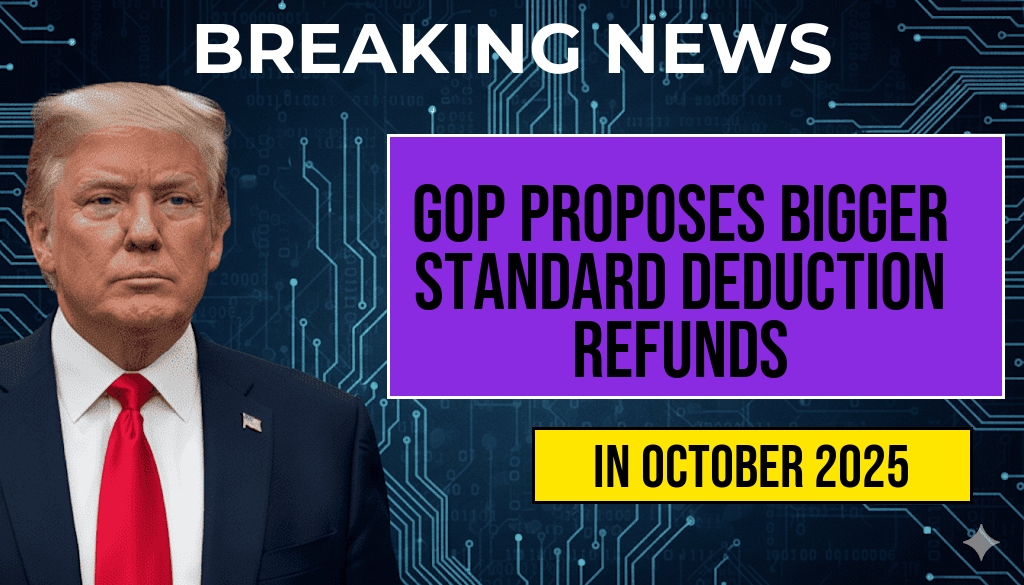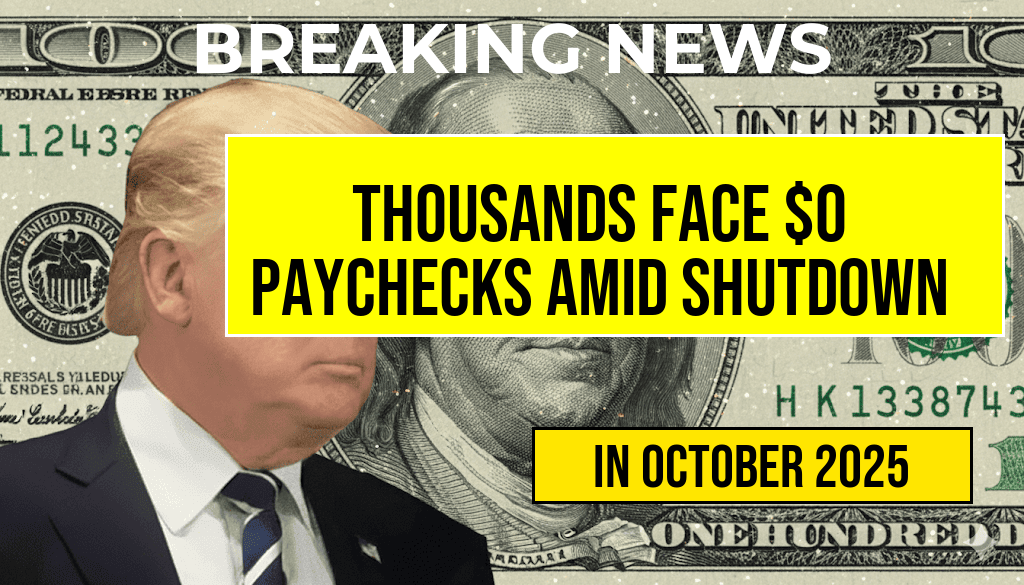The U.S. Department of Veterans Affairs (VA) Disability Program is facing increased scrutiny as reports indicate that it may be responsible for up to $193 billion in potential payouts. This staggering figure has raised concerns among lawmakers, veterans’ advocates, and financial analysts regarding the program’s sustainability and effectiveness. The VA provides disability compensation to millions of veterans suffering from service-related injuries and conditions, but allegations of inefficiencies and mismanagement have surfaced, prompting calls for reform. Advocates are urging the VA to streamline the claims process and address issues that have led to significant delays and errors in payouts. As the program grapples with these challenges, the implications for veterans and taxpayers alike are becoming increasingly significant.
Background of the VA Disability Program
Established to provide financial support to veterans with disabilities, the VA Disability Program plays a crucial role in the lives of millions of Americans. The compensation is designed to offset the loss of earnings potential and to assist with medical expenses related to service-connected conditions. The program has expanded over the years to include a wide range of disabilities, reflecting the evolving understanding of veterans’ needs.
Current Financial Landscape
According to recent reports, the potential liabilities of the VA Disability Program have surged, with estimates reaching as high as $193 billion. This figure represents the total amount that could be owed to veterans due to pending claims and anticipated future obligations. Such a massive financial commitment raises questions about the program’s funding and its ability to meet the needs of veterans.
Challenges Facing the Program
- Backlog of Claims: The VA has long struggled with a backlog of disability claims, with many veterans waiting months or even years for a decision.
- Errors in Processing: Reports indicate a significant incidence of errors in claim processing, leading to wrongful denials or underpayments.
- Fraud Concerns: Allegations of fraudulent claims have emerged, further complicating the program’s ability to operate effectively.
Legislative Responses and Proposed Reforms
In light of the growing concerns regarding the VA Disability Program, several lawmakers have proposed reforms aimed at improving efficiency and accountability. These proposals include increasing funding for the VA to hire additional staff, implementing new technology to streamline the claims process, and enhancing training for claims processors to reduce errors.
Advocacy from Veterans Organizations
Veterans’ organizations are taking a proactive approach in advocating for changes to the system. Groups such as the Veterans of Foreign Wars (VFW) and the American Legion have been vocal about the need for reforms. They argue that veterans deserve timely and accurate compensation for their service-related disabilities and that the current system fails to meet this obligation.
Future Implications for Veterans
The potential implications of the current scrutiny over the VA Disability Program are significant for veterans across the country. Delays in claims processing and inadequate support can lead to financial instability for many veterans who rely on these benefits for their livelihood. As the program faces increased pressure to reform, the stakes for both veterans and taxpayers continue to rise.
| Year | Claims Filed | Claims Approved | Claims Denied | Average Processing Time (Days) |
|---|---|---|---|---|
| 2020 | 1,000,000 | 800,000 | 200,000 | 125 |
| 2021 | 1,200,000 | 900,000 | 300,000 | 140 |
| 2022 | 1,500,000 | 1,100,000 | 400,000 | 160 |
Conclusion
The ongoing scrutiny of the VA Disability Program highlights the need for immediate action to improve the claims process and ensure that veterans receive the support they deserve. With potential liabilities soaring to $193 billion, stakeholders are calling for a comprehensive review and reform of the program. As the situation evolves, the focus remains on finding solutions that will benefit those who have served the nation.
Frequently Asked Questions
What is the VA Disability Program?
The VA Disability Program provides financial assistance to veterans who have suffered injuries or illnesses related to their military service. It aims to support their transition to civilian life and ensure they receive the care they need.
Why is the VA Disability Program currently under scrutiny?
The VA Disability Program is under scrutiny due to concerns about potential fraud, mismanagement, and the overall accuracy of claims processing, which could lead to an estimated $193 billion in potential payouts.
What are the implications of the $193 billion in potential payouts?
The $193 billion in potential payouts highlights the financial burden on the government and raises questions about the sustainability of the VA Disability Program. It also emphasizes the need for reforms to ensure that benefits are distributed fairly and effectively.
How does the VA Disability Program verify claims?
The VA Disability Program verifies claims through a combination of medical evaluations, service records, and possibly additional evidence from healthcare providers to determine the validity and extent of a veteran’s disability.
What reforms are being proposed for the VA Disability Program?
Proposed reforms for the VA Disability Program include improving the claims processing system, implementing stricter fraud prevention measures, and enhancing support services for veterans to streamline their access to benefits.












